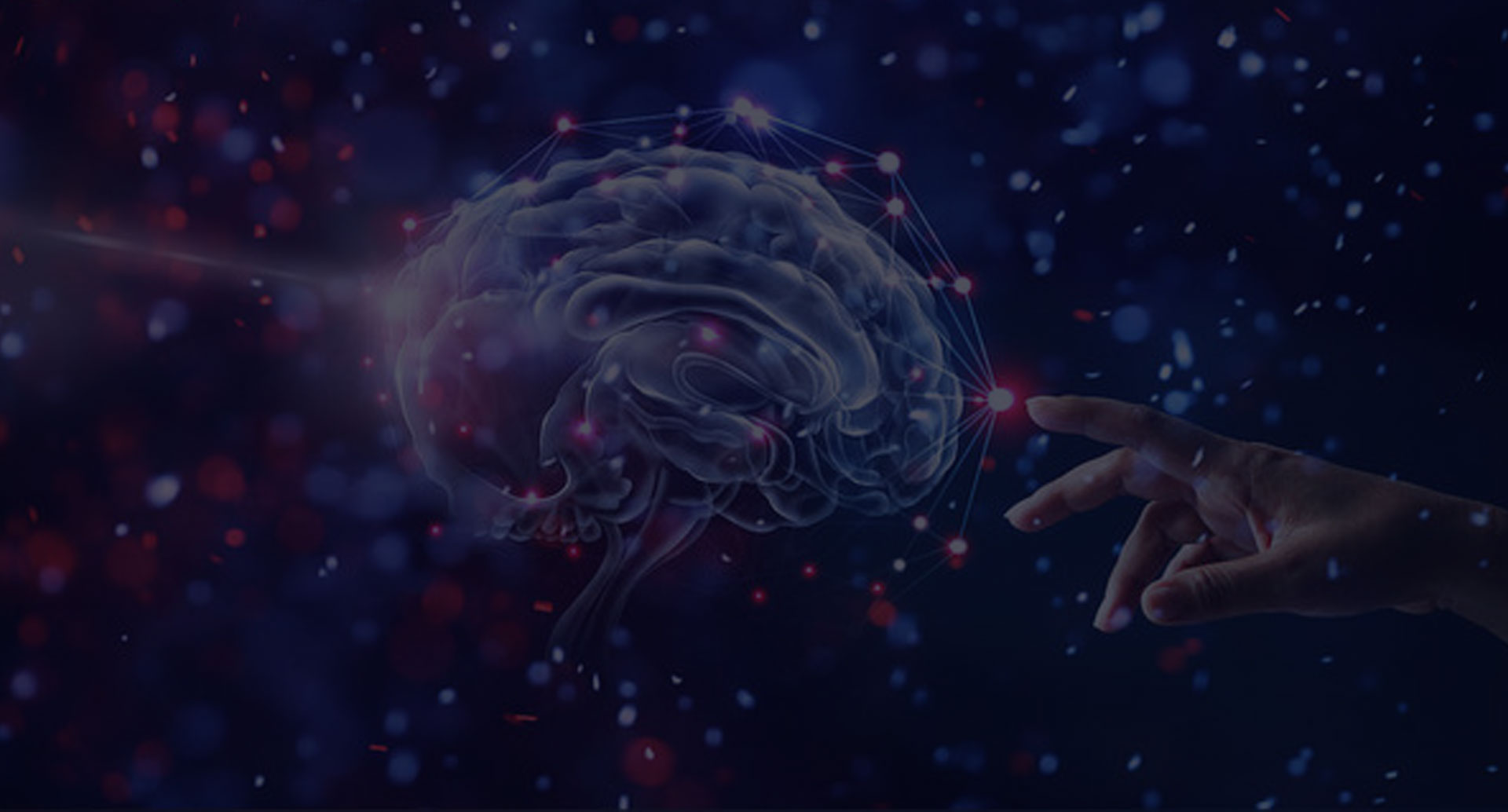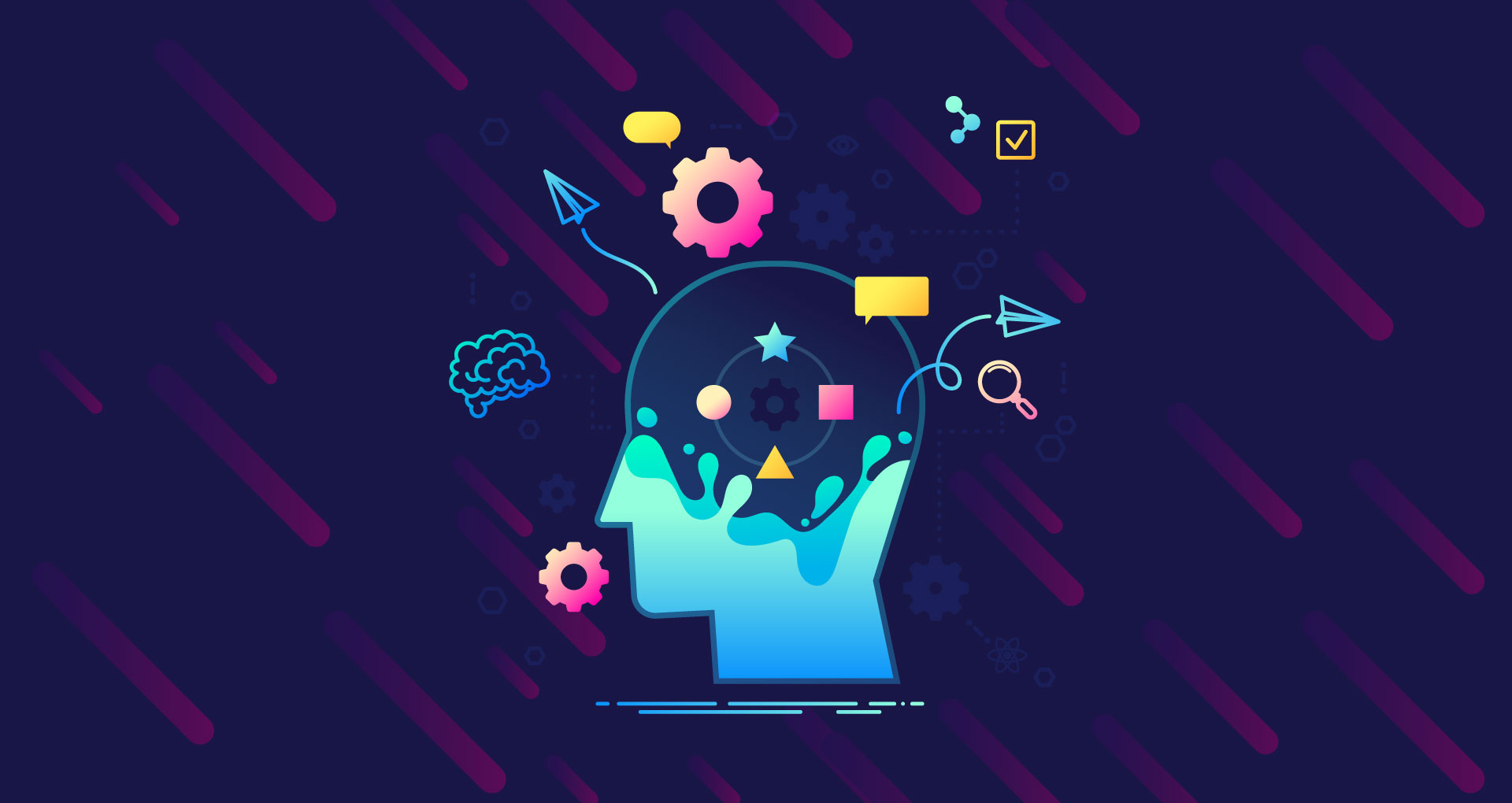.jpg)
Anshul Jain
August 04, 2020
Introduction To Artificial General Intelligence (AGI):
Today, no matter where we are or what we do, in one way or another, we are surrounded by artificial intelligence (AI) and its numerous branches like machine learning and deep learning. Whether you are using Uber to book a cab or scrolling through your social media feeds, underlying everything is this futuristic technology, artificial intelligence. Considering this dependency on AI, it is no wonder that researchers worldwide are working towards enhancing this tech and trying to create its more advanced versions like Artificial General Intelligence (AGI) and Artificial Superintelligence.
In this article, we will be discussing one of these levels of AI, Artificial General Intelligence, and understand how AI researchers are trying to create AI systems with machine intelligence that outsmarts the human brain and is capable of performing complex tasks effortlessly. Moreover, we will answer questions like what is Artificial General Intelligence? Could an artificial general intelligence outsmart humans? How would you create artificial general intelligence?
But, before we answer these questions, let's take a look at the different levels and types of AI.
Levels of Artificial Intelligence:
Artificial intelligence is categorized into three important levels, each of which signifies the level of dependency of machines on humans for problem-solving. Currently, though, developers have achieved success in only creating intelligent machines with artificial narrow intelligence or weak AI, they are still working with theorists towards accomplishing the latter two levels of AI. These three levels are:
- Weak/Narrow AI: This level of AI has a narrow range of intelligence and abilities. Its functionality is dependent on human-fed data and programming. Self-driving cars, email spam filters, Siri, IBM's Watson, social media monitoring tools, etc. are some examples of narrow AI.
- Strong AI/AGI: Strong AI or General AI has abilities that are on par with humans. It can learn and apply intelligence to solve problems. This level of AI will further be discussed in the article below.
- Superintelligence: Finally, superintelligence or artificial superintelligence is the more capable form of intelligence that can only be found in sci-fi movies and shows. There is no current example of artificial super intelligence, however, theorists are working tirelessly to make this type of AI a reality in the upcoming years.
Now that distinguishing between Narrow AI, General AI, and Super AI is easy, we can move on to better understanding artificial general intelligence or as it is commonly known, General AI.
What is Artificial General Intelligence?
A term first introduced by Mark Gubrud in 1997, in a discussion about the implications of fully automated military production and operations, Artificial General Intelligence (AGI) is the second level of AI that is not yet achieved by AI researchers and scientists. It is an integral part of Artificial Intelligence and Cognitive Science and is closely related to areas such as meta-learning and computational neuroscience.
Though there is no broadly accepted definition for this form of AI, it is mainly defined as a hypothetical machine intelligence that can understand and learn or experience consciousness. In short, AGI, which is also referred to as General AI, Strong AI, Deep AI, or General Intelligent Action, as believed by researchers like Hans Moravec, will be able to think, understand, and act in a manner that will be indistinguishable from humans.
Today, even though AGI is one of the most researched fields of AI, because of the unlimited possibilities it offers, and has over 40 organizations like OpenAI and Machine Intelligence Research Institute invested in Artificial General intelligence research, it continues to remain only a part of science fiction and future studies and is far from being accomplished.
Capabilities That Will Turn AI into AGI:
Artificial General Intelligence is supposed to be an advanced version of AI. However, what capabilities will help transform AI into this futuristic version. As believed by theorists and researchers, for AI to transform into AGI, it will need to depict qualities and capabilities like humans and not depend on humans for basic information. Therefore, it will require:
- Sensory Perception: Currently, AI machines rely on deep learning for enhanced computer vision, as they lack human-like sensory perception, which plays a major role in understanding the environment around us, both virtual and real. Therefore, for AI to transform into AGI, it will need sensory perception to better understand objects and colors and determine spatial characteristics.
- Fine Motor Skills: AGI is believed to outperform humans not only in intelligence but also in manual dexterity. Hence, AI will need skills similar to fine motor skills to be able to perform tasks like human beings. This problem is being addressed by researchers, as they believe reinforcement learning can help robots perform such tasks effectively.
- Natural Language Understanding: A key skill that will set AI apart from AGI will be its ability to understand natural language. To successfully operate in the real world, AI will need to have this ability as it will allow it to consume large amounts of data from different sources and form suitable assumptions.
- Problem Solving: Nowadays, AI is mainly used to solve complex problems. However, in the future, its abilities will not only be used to solve problems but also diagnose them. To accomplish this, AGI will require above mentioned common senses or general-purpose simulation capability, which will allow it to identify issues and resolve them.
- Creativity: An aspect that is believed to make AGI superior to AI is its ability to rapidly improve itself. Though feared by many, this will allow machines to understand human code and replicate it for its improvement.
- Consciousness: Consciousness is another critical component of AGI. Hence, various Artificial consciousness research is being conducted to further this ability of AI, as it will enable machines to understand human behavior as well as their language.
To allow this transition of AI to AGI organizations like the Human Brain Project, DeepMind, among others, are working towards building a functioning simulation of the human brain. Hence, if these abilities are successfully implemented in artificial general intelligence projects, it will allow machines and robots to function like humans. Moreover, it will initiate an era of technological singularity predictions, where technological growth and advancement will be astronomical.
Artificial General Intelligence Core Requirements:
Earlier, we listed the various capabilities that AI needs to be transformed into AGI. Let us now consider the core requirements of AGI that will enable it to perform functions and solve problems like/better than humans. These are:
- Senses: Artificial general intelligence will require components like senses to obtain features from the world, both virtual and real, as it allows AGI to process information and make calculated decisions.
- Knowledge Retention: As AGI will use senses to obtain data and information from the real and virtual world, it will require a coherent means for storing the obtained knowledge for further processing.
- Processing: Finally, to perform an action successfully AGI will require adaptive output or actuation mechanisms, both static and dynamic.
Possible Ways to Achieve AGI:
One of the possible ways to achieve artificial general intelligence involves a test for human AGI, which further includes:
- Turning Test: Here a machine and human are asked to define an unseen sight to another human, whose task is to define who is the machine.
- Coffee Test: As evident from its name, here the machine has to enter a house and prepare coffee to pass in the test.
- Robot College Student Test: Here, the machine has to enroll in a university and pass all classes like humans to obtain a degree.
- Employment Test: This test involves the machine to get an economically important job and perform each task as successfully as humans.
These tests help validate the human-level of AGI as well as verify the human-like capabilities it portrays.
How Far Are We From Achieving Artificial General Intelligence(AGI)?
Artificial General Intelligence 2020 is still far from being realized, as most intelligent and smart machines today face difficulty in performing a new task without any guidance from humans. In short, we humans have only been able to accomplish narrow AI and still have to wait for a long time for AGI to be achieved.
However, researchers are working towards resolving these issues through a host of approaches like neural networks and deep learning. They believe that sooner or later they will be successful in replicating elements of human intelligence.
How can we Benefit from Artificial General Intelligence?
From simplifying processes to quickly resolving issues and problems, humans can benefit from AGI in numerous ways. Some of these are:
- It can help find solutions to solve human problems like corruption, violence, disorders in political systems, etc., with its systematic process.
- It will help initiate technological singularity.
- Allow humans to explore the universe and other realms.
- It will enable autonomous research at an extreme speed.
- It will be the last invention humans will need to make.
- Might be useful in treating various untreatable diseases like cancer.
Risks Associated with Artificial General Intelligence(AGI):
While the benefits associated with AGI are numerous, there are also certain risks of realizing AGI that researchers believe can threaten humans in general, like:
- The ability to advance itself can be used negatively by AGI, as it can develop hostile thoughts against humans.
- The technology can be used for personal gains or to harm certain groups by governments, minorities, dictators, psychopaths, and more.
- Nations can launch a nuclear war to achieve the power offered by AGI.
- It could lead to the extinction of humankind.
- Effectively end the need for human labor, which will impact human employment and their ability to feed themselves.
Want to know what is Artificial superintelligence? Click here.
Conclusion:
The path to successfully achieving Artificial General Intelligence is a long and uncertain one. Despite this uncertainty, AI researchers and scientists are working hard to make it a reality, even though there is no guarantee as to when this tech will finally come to existence. But, inventions like AlphaGo and Deep Blue give us hope that whenever AGI is achieved, it will trigger a series of events and irreversible changes that will reshape our world as we know it, forever.




